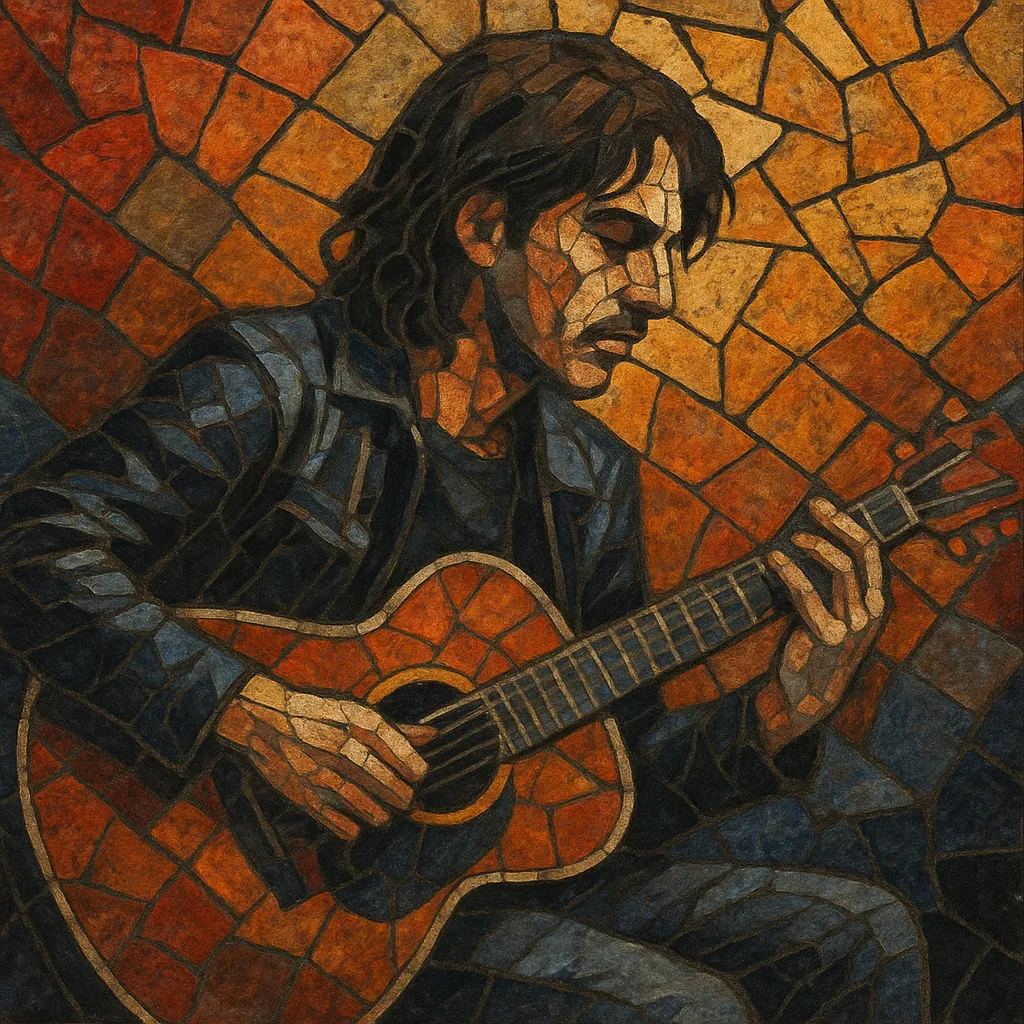Argentine rock (Rock Nacional) is the Spanish-language rock tradition that emerged in Argentina in the late 1960s. It blended the energy and songcraft of Anglo-American rock and roll with local poetic sensibilities, urban bohemian culture, and distinctive Argentine rhythms and harmony.
Across its history, the genre has absorbed folk, blues, psychedelia, progressive rock, new wave, punk, reggae/ska, and pop, while remaining anchored by melodic guitars, expressive vocals, and literate lyrics. Tango’s bittersweet harmonies and the cadences of Argentine folk (chacarera, milonga) subtly inform its phrasing, melodic turns, and lyric tone. The result is a body of music that ranges from intimate and reflective to stadium-sized and anthemic, with a strong emphasis on metaphor-rich storytelling in Rioplatense Spanish.
Rock in Argentina crystallized in Spanish in the late 1960s as countercultural youth adapted beat and psychedelic rock to local realities. Los Gatos’ breakthrough single “La Balsa” (1967) signaled a new era of rock sung in Spanish, soon followed by foundational groups Almendra (led by Luis Alberto Spinetta) and Manal. These artists proved that rock could be poetically deep, culturally grounded, and linguistically authentic in Argentina.
Through the early- to mid-1970s, artists such as Spinetta (Pescado Rabioso, Invisible), Charly García (Sui Generis, then Serú Girán), and León Gieco developed a uniquely Argentine synthesis: acoustic and electric textures, sophisticated harmony, and introspective, metaphorical lyrics. The scene embraced folk-rock and progressive rock’s expansive forms while maintaining strong melodic hooks.
Amid censorship and repression under the military dictatorship, rock became a refuge for coded dissent and emotional release. Concerts moved to semi-underground circuits; lyrics grew more allegorical and introspective. Despite constraints, the scene consolidated a committed audience and a canon of emblematic albums.
The return to democracy and the post–Falklands War moment (which temporarily boosted Spanish-language airplay) propelled rock to mass popularity. New wave and pop-rock flourished with Soda Stereo and Virus; reggae/ska inflections arrived via Los Fabulosos Cadillacs and Los Pericos. Patricio Rey y sus Redonditos de Ricota cultivated a fiercely independent, cult following. In the 1990s, alternative and harder styles coexisted—Babasónicos, Divididos, and Bersuit Vergarabat broadened the sonic map while singer-songwriters like Fito Páez and Andrés Calamaro reached mainstream audiences across Latin America.
In the 21st century, Argentine rock diversified into indie, post-punk revival, and experimental currents, with strong DIY circuits and festivals. Legacy figures (Cerati/Spinetta/García) shaped subsequent generations, while newer artists folded in electronic elements and, more recently, dialogued with pop and urban genres. The core identity—poetic Spanish lyrics, melodic guitar work, and stylistic openness—remains intact.


